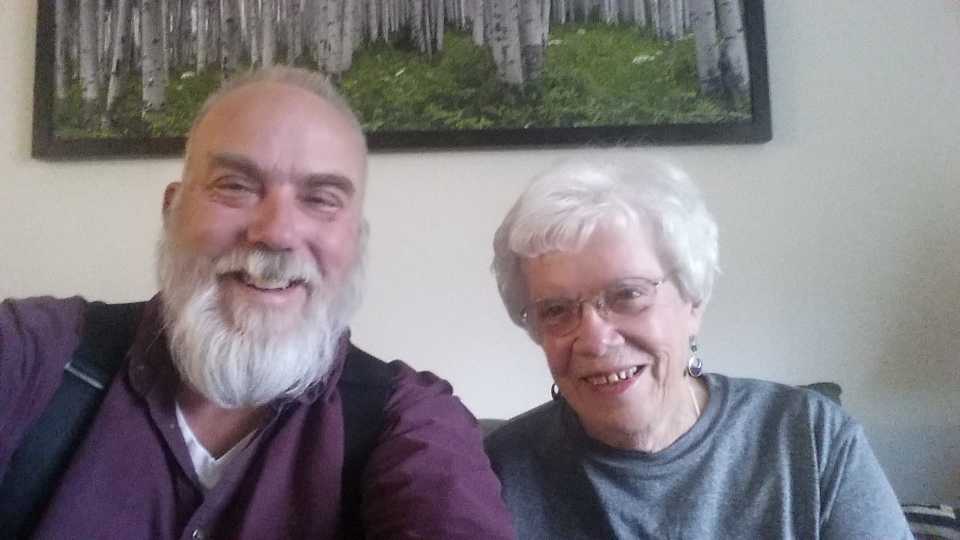As business owners, what we sell is often not so unique. I have several realtor friends and, let’s face it, they all sell the same inventory of homes. However, some realtors dramatically outsell the rest. How can that be? They know it is not about the product but the buying experience.
I often remind clients that customers buy on emotion and justify their purchase with logic. My successful real estate friends understand that they can’t differentiate their service by inventory since every realtor has access to the same inventory. They know that it is about the prospect’s emotions. Before showing their client some listings, they enhance the buying experience by investing the time to get to know more about the buyer’s past. They use open-ended questions to get their client to share some things about their life, and then make sure to pepper the showings with related information creating an emotional connection between a property and the client’s history.
The commonly held belief that you must sell a unique product or service to be successful in sales is crap because a good salesperson knows it is not about the product or service but about the emotions they can create during the buying experience.
When it became clear that my mother needed to move from the apartment we built for her in our home to a senior living community, we looked at several facilities. Each of the facilities had a similar portfolio of amenities offered to residents of their communities. They all provided a lovely apartment, a long list of daily activities, a theater, and a dining hall where residents gathered several times a day to eat their meals and interact with other residents.
During my mom’s selection process, we typically contacted the facility and made an appointment to meet one of the facility’s sales reps. When we arrived, we would walk up to the receptionist and announce who we had come to meet. The receptionist would issue us visitor badges, instruct us to take a seat in the lobby’s seating area, and tell us that the sales rep would be out shortly to give us a tour.
However, the experience at one senior living facility was very different. When we arrived at the facility, we were greeted by a gate guard who welcomed us, added that the staff was waiting for us to arrive, and provided us with directions to the parking area in front of the main office. The parking lot was full except for a parking place next to the front door that had a reserved parking sign with my mom’s name on it. After parking, we entered the breezeway of the facility, where there was another sign welcoming my mom. They clearly understood the value of a great first impression.
As we approached the front desk, we were intercepted by the salesperson who welcomed my mom by name. Rather than begin with a tour like all the other facilities did, we sat down, and the salesperson asked my mom many questions about her life and our role in my mom’s life.
Related Post: How to Use Sales Discovery Questions to Close More Deals
My mom shared that she had me later in life, and while we built her a wonderful apartment and drove her to many local functions so she could talk with more people her own age, she desired more interaction with people of her generation. She added that she had grown up in New York and attended a high school many miles from her home because she loved to swim and that high school was the only one in the area that had a pool. She also shared that she loved old movies but suffered from Age-Related Macular Degeneration, making watching TV harder.
After the interview, the salesperson took us on a tour of the facility, highlighting specific features that came up in the discussion. The salesperson showed my mom their pool and their stadium-style movie theater and shared that they hosted a monthly low vision meetup group. During the tour, while my mom was busy talking to a resident at the pool, the salesperson pulled me aside to ask me a few questions to see if she could address any other concerns that I might have that had not yet been brought up.
After the tour, the salesperson escorted us to the dining room, where they arranged to have my mom eat with a former resident from New York. They really hit it off, talking about living and working in New York. After our lunch, our salesperson returned and introduced my mom to the community leader of the low vision group.

Even though their community had 1,700 units, they made my mom feel special while recognizing our role as decision influencers in her decision to choose their facility.
When it was time to leave, I didn’t think my mom wanted to go. She felt at home here. On the way home, we discussed the day’s experience and the people she met, and the decision was made to move forward and sign a contract. When we contacted the facility the following day about my mom’s decision to join their community, the salesperson added that they had a contract with a local front-range moving and storage company to make the transition from living in our home to their new facility as painless on her and us as possible. It was the icing on the cake of an already exceptional buying experience. This facility understood the value of a great first and last impression. To say that it was a great buying experience would be an understatement.
As a business guy, what struck me was that the buying experience was unlike any other facilities we visited. Rather than selling my mom on the facility’s features and benefits, they made the experience about my mom and customized the buying experience based on her needs. As the old saying goes, “Nobody likes to be sold, but everyone loves to buy.”
Successful salespeople know that they have to look at the buying experience from the buyer’s perspective and not from their own. The small business owner responsible for making sales can learn a lot from this narrative about the buying experience:
- Think outside the box and look for ways to make a great first and last impression.
- Don’t share your offering until you spend time understanding the client first.
- Customize your discussion with the client based on their specific requirements rather than spouting a laundry list of all your features and benefits.
- Be sure to look for ways to tickle the client’s emotions because they make decisions based on emotions and justify them with logic.
- Recognize and address any questions by decision influencers.
Do you focus more on the buying experience and look for ways to sell differently from the competition?












